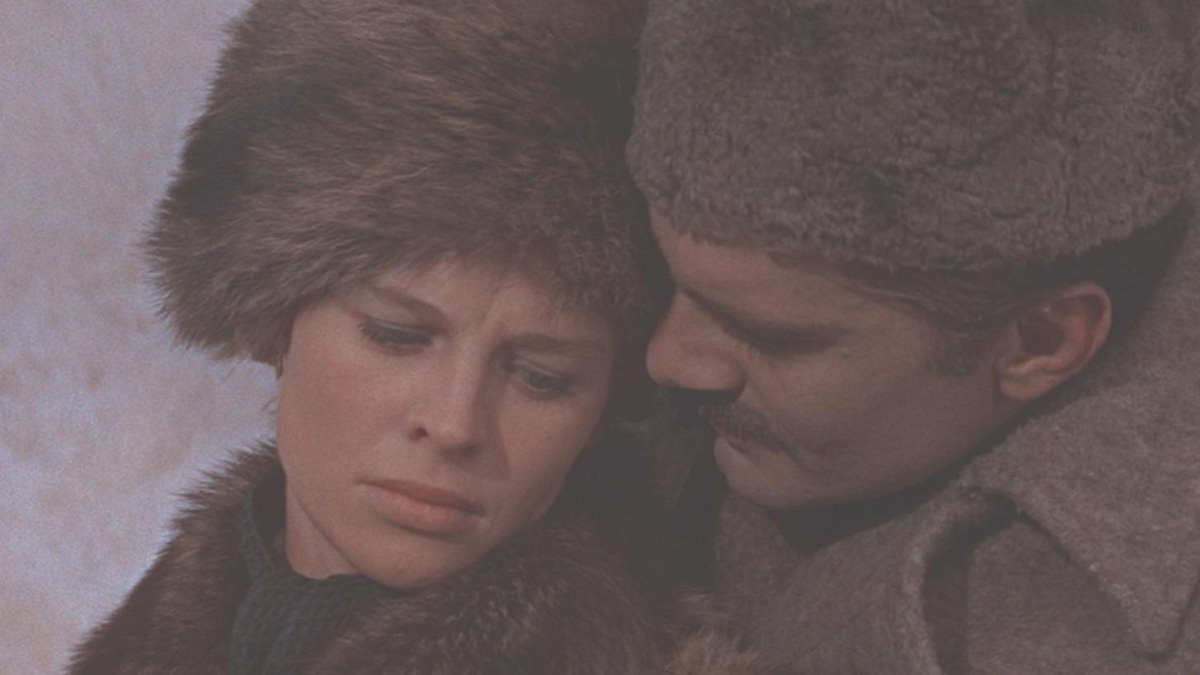
(c)1965, Supplementary Material Compilation 2010 Turner Entertainment Co. (c) 2010 Turner Entertainment Co. and Warner Bros. Entertainment Inc.
Why you should watch the peak of romanticism beckoned by the masterpiece “Lara’s Theme” from “Doctor Zhivago” now
2020.05.19
What does David Lean put into the story?
David Lean, who had achieved huge success with Lawrence of Arabia , was looking for an intimate and romantic work to break away from the image he had established there. The movie ``Doctor Zhivago'' was presented to him. Produced by Carlo Ponti in Italy. Robert Bolt, who helped direct Lean in ``Lawrence of Arabia,'' will be in charge of the screenplay, following on from the previous film.
After World War II, Soviet general Yevgraf Zhivago tells Tanya, a war orphan, the names of her parents. The story begins from there and proceeds with the flashbacks of Yuri Zhivago, the general's older brother.
Yuri, who is still a medical student, gets engaged to Tonya, the daughter of his foster parents, and at the party, he witnesses Lara, the daughter of a tailor, shooting lawyer Komarovsky. Lara was trying to escape Komarovsky's forceful temptations. However, that wasn't the first time Yuri had seen Lala. When Lara's mother attempts suicide, Yuri rushes to treat her and witnesses Lara clinging to Komarovsky through the mirror.
Since then, Lala's blue eyes and silver-blond hair, filled with boundless passion and purity, have been deeply engraved in Yuri's heart. Then, the unstable situation during the Russian Revolution begins to play with his fate...

"Doctor Zhivago" (c) 1965, Supplementary Material Compilation 2010 Turner Entertainment Co. (c) 2010 Turner Entertainment Co. and Warner Bros. Entertainment Inc.
After an incident at an engagement party, Yuri enlists as a doctor in World War I. There, he meets Lara, who works as a nurse, again. However, she was already married to Pasha, a revolutionary. Yuri also has an obedient wife named Tonya. However, his feelings for Lala only grow stronger.
Eventually, as the civil war intensifies, Yuri escapes from his inconvenient life in Moscow, which has been occupied by revolutionary forces, and takes a break in the countryside with his family, but by chance he reunites with Lara, who lives in a nearby town. . There, the two have a relationship for the first time, and Yuri is tormented by the guilt of going back and forth between his family and Lala. Although he bids farewell to Lala, Yuri is immediately captured by partisans.
For the next two years, Yuri was forced to accompany the partisans on their march, but managed to escape. Lala was the one who greeted Yuri when he returned to his hometown. His wife Tonya had already fled to Paris with their child. Yuri and Lala, who are left behind, finally have a moment of bliss just the two of them. But then Komarovsky appears in a completely changed form...
The workers' uprising that began with the February Revolution in 1917 during World War I, the left-wing majority led by Lenin, the rise of the Bolsheviks, the elusiveness of partisans active in the civil war after the Russian Revolution, etc. The dramatic changes that have taken place in Russia are so rapid that even with Robert Bolt's Academy Award-winning screenplay, it is difficult to grasp them all at once.

"Doctor Zhivago" (c) 1965, Supplementary Material Compilation 2010 Turner Entertainment Co. (c) 2010 Turner Entertainment Co. and Warner Bros. Entertainment Inc.
However, when this long story is carried on into the future by Tanya, who appears at the beginning and end of the film, one thing comes to mind. It is a work that depicts the preciousness of the "individual", focusing on the relationship between Yuri and Lala, who tried to make their love true despite being swallowed up by the swells of the times. You can now better understand why the Soviet Communist Party banned the original work.
At the same time, it is also rooted in David Lean's themes as a filmmaker.
" Tabijou " (55), in which a career woman visits Venice and struggles with her love in a foreign country; a British colonel plans to build a bridge at a Japanese prisoner of war camp near the border between Thailand and Burma during World War II. `` A Bridge on the Battlefield '' (57), which promotes the idea of war, and ``Lawrence of Arabia of Arabia,'' in which a British army major goes to the Arabian Peninsula during World War I and commands an Arab rebel army in the scorching desert. It's a common theme.
Another common feature of all of his works is that they are set in the great outdoors, such as Venice, Southeast Asia, or Arabia. ``Doctor Zhivago'' is set in the majestic Russia.

